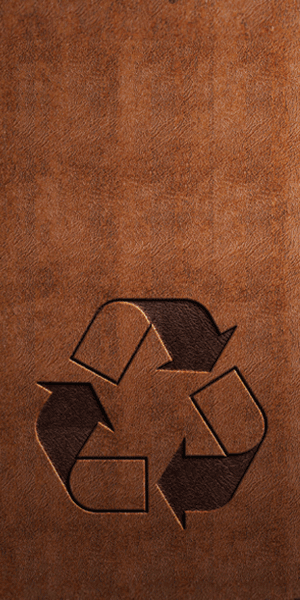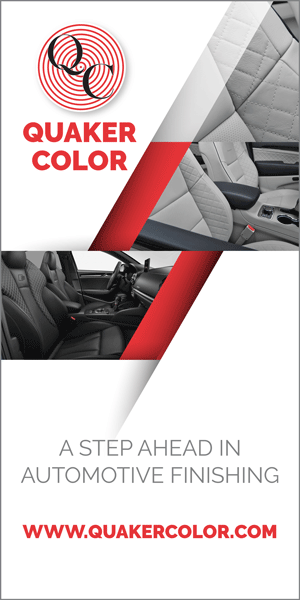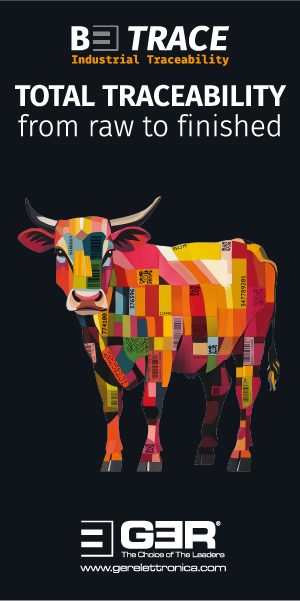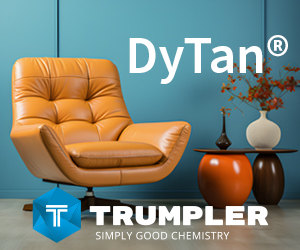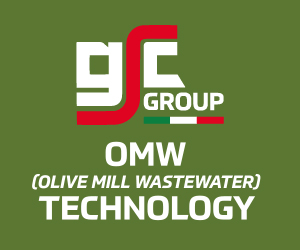Mutual understanding is the only way

Manuel Ríos Navarro, chief executive of Spanish double-face and entrefino producer Inpelsa, was elected as the new president of COTANCE in September 2020, with the proviso that that he would take up the role as soon as circumstances allowed. It took a year for covid-19 restrictions to clear sufficiently for this to happen, but on September 24, this year, Mr Ríos, his predecessor, Andreas Kindermann, formally handed over the baton.
How did it feel to be able, finally, to take up the presidency of COTANCE?
It’s something that was decided a year ago, as you know. That’s when the change should have taken place. But, owing to the situation that Europe, and in fact the whole world, was in at the time, when no one could move, no one could travel and we couldn’t meet one another in person, we talked about it and decided that the best thing for COTANCE would be to postpone the handover until things settled down a little bit and we were able to start going back to normal. Lineapelle in Milan this September was the first occasion on which people from the leather sector were able to meet up and we decided that the last day of the exhibition, coinciding with a COTANCE meeting and general assembly, would be a good time to make the change.
What will your priorities be as president of COTANCE for the next two years?
It seems to me that we are in the middle of a very important change for all industrial sectors and, indeed, for the whole world. New ways of living are emerging and this means all business sectors have some decisions to make. These decisions centre on how businesses need to conduct themselves now, on the ways in which they will make their products, and on the sort of service they are going to expect from their suppliers. In our case, that means making decisions about the supply of hides and skins and of leather chemicals. This has already begun in the leather industry. I think my predecessor, Andreas Kindermann, did a very good job over the last three years and that our industry has already taken a series of positive and important steps on the road to sustainability. Hides and skins, our raw materials, are the most important thing for us. We have to maintain and try to improve the quality of European raw material. We are doing that and we have to keep doing it. At the same time, we want to work collaboratively with leather chemicals suppliers because our customers are becoming more and more strict in the demands they make concerning the sustainability of the products we make for them. I also think we have to try to increase the level of knowledge people outside the industry have of leather. There must be very few industries in the world that are already as sustainable as ours is because, in the end, all we do is provide added value to a by-product from the meat industry. This is something that the wider public has to come to know and we have to try to impart that knowledge to them.
The leather industry seems to have difficulty convincing some brands, finished product manufacturers and consumers that leather is a renewable, sustainable, recycled, recyclable, natural and beautiful material. You’ve spent a lifetime thinking about this and working to help the market understand it. Do you find it frustrating that there still seems to be a lot of work to do to convince people, to get them to believe what we say about leather?
Yes, of course, but something I always say is that there is no point feeling sorry for yourself. That’s a waste of time. We have to look at what has served us well until now. We do still have a lot of work to do because there is a negative perception of leather production and we have to try to turn it around. But the fact is that, in doing that, we don’t have to make anything up. All we have to do is communicate well about what we do. But I don’t think we should be battling with suppliers of alternative materials, arguing about whose material is better or worse. Everyone needs to follow their own path; our task is to transmit a clear message about what it is we do, which is, as you said, produce something that is sustainable and very beautiful.
How do you view the situation of our industry in Spain at the moment? There was a report from the National Statistics Institute that put leather and footwear in last place in terms of the speed of recovery of the wider manufacturing sector following the pandemic. It said industrial activity in May 2021 was down by 29% compared to the same month in 2019. Are things better now?
Yes. My view is that, not just in Spain but across the whole of Europe, we have had a few months now of a bit of optimism. We can see that, little by little, we are returning to normal. It seems to me that the vaccination policies that governments have put in place across Europe will give Europe something of an advantage compared to other parts of the world. This suggests to me that we are going to see a strong recovery here in Europe before regions such as the US and Asia. I think we’re seeing this already and I view it as something positive. I don’t think there is going to be any backtracking now, any return of the restrictions we have seen. I think that, from now on, week by week, month by month, things are going to get better.
And how are things at Inpelsa? Your stand at Lineapelle seemed busy, with lots of visitors.
Well, we’re just getting on with our work each day, always trying to make improvements where we can because we know we must never stop trying to get better.
We have written in the past about SELAMBQ (Spanish Entrefino Lamb Quality), a co-operation programme that aims to halt deterioration in the quality of entrefino lambskins. What lies ahead for this project?
The SELAMBQ project came about because the quality of entrefino, which we can justifiably call the highest-quality lambskin in the world, had been slowly decreasing for about ten years. We had begun to have problems with the skins that we had never had before. What we wanted to do was carry out a study to see what was at the root of this and to try to resolve it. In this case, the results have been good. We have realised that there are issues that you can’t resolve overnight, but something that has come out of that is a realisation that it’s important for us in the leather industry to communicate well with the meat sector. It’s the meat companies, after all, who look after the product that we need. But we’ve explained to them that if they look after the lambs well, they will add value to the skins and we will pay more for them.
Is this a good example of what companies can achieve when they work together?
The main thing about this is that, in a totally connected world like ours, businesses can remain independent, but there should still be room to collaborate with others, and to do so transparently. It’s good to do that, good for each company and good for the sector overall. We have no choice but to try to understand one another. That doesn’t just apply to this example of what we’re doing with lambskins in Spain. The same thing is happening with calfskins in France and with all the examples of high-quality raw material that we have. This is the road that we have to continue walking down.
COTANCE president, Manuel Ríos Navarro, at the Inpelsa stand at Lineapelle in September. All Credits: WTP








